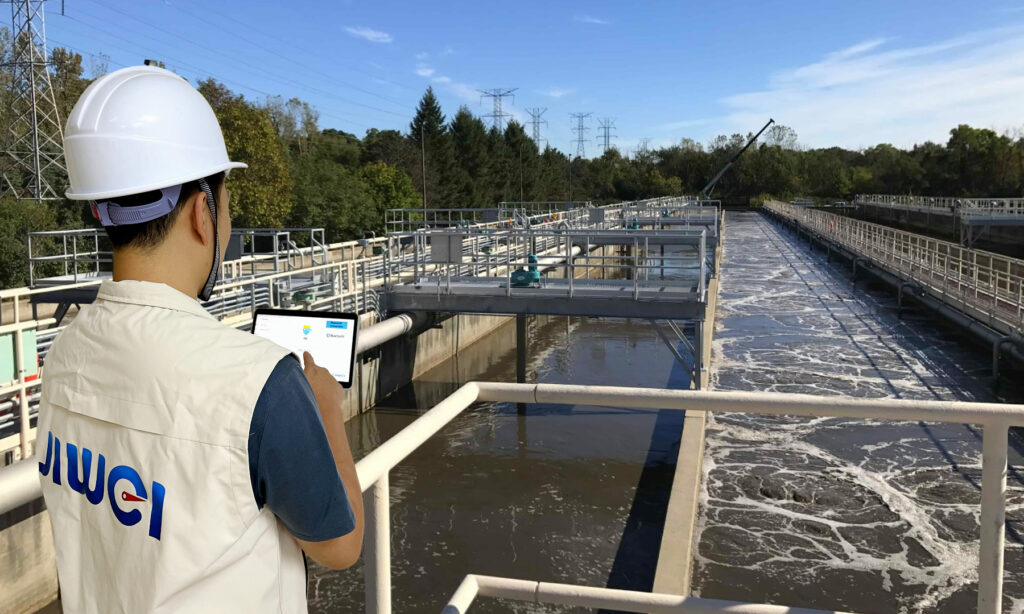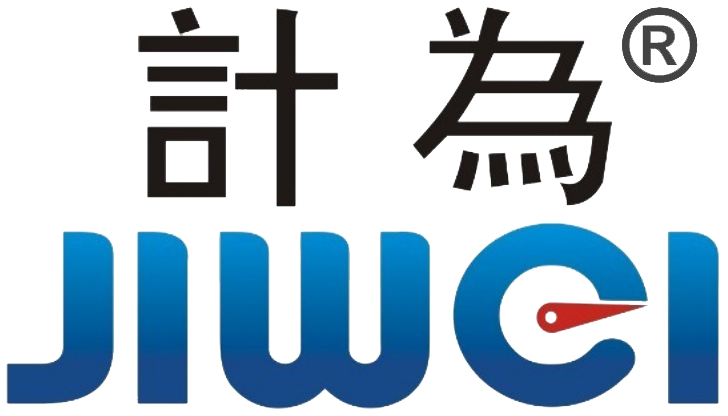Accurate Water Level Sensors Built for Real-World Demands
Overview
Water level sensors are a vital component in industrial automation, enabling precise monitoring and control in applications ranging from wastewater treatment and chemical storage to marine and food production. However, real-world conditions such as steam, foam, corrosion, and high pressure often undermine sensor performance. That’s why more engineers are turning to radar-based water level sensors for consistent results—regardless of the environment.
In this article, we’ll examine common issues with traditional water level sensors and show how Jiwei’s radar level sensors overcome them with rugged design and cutting-edge technology.

Why Accurate Water Level Sensing Matters
Water level sensors are used to measure and monitor liquid levels in tanks, pipelines, reservoirs, and open channels. These measurements are used to control pumps, prevent overflows, protect equipment, and ensure compliance with environmental regulations.
But not all sensors are created equal. Accuracy, response time, installation complexity, and resistance to harsh conditions all affect system reliability. A poorly selected or incorrectly specified sensor can result in false alarms, unplanned shutdowns, and costly maintenance.
Key Pain Points in Traditional Water Level Sensors
- Vulnerability to Environmental Factors: Ultrasonic sensors can be disrupted by foam, vapors, or temperature variations. Mechanical float-type sensors are prone to sticking or fouling.
- Maintenance Requirements: Contact-based sensors are exposed to media buildup and corrosion, especially in aggressive liquids.
- Limited Range and Resolution: In large tanks or deep wells, some sensor types struggle with resolution, signal loss, or reflection issues.
- Slow Integration: Some technologies require calibration on-site, complex wiring, or limited output protocol support.

Why Jiwei’s Radar Water Level Sensors Stand Out
Jiwei’s radar water level sensors use 80GHz FMCW (Frequency Modulated Continuous Wave) radar technology, delivering accurate and stable measurements even in demanding industrial environments. These sensors are contactless and immune to the issues that affect traditional technologies.
Benefits at a Glance
- Non-Contact Measurement: Ensures no fouling, no drift, and no direct contact with corrosive or hazardous media.
- High Signal Penetration: Performs reliably in the presence of vapor, condensation, dust, and foam.
- Fast Setup: With Jiwei’s Bluetooth mini-program “Jiwei SmartControl,” installation and diagnostics are quick and intuitive.
- Compact Design: Ideal for tight installations or retrofitting existing systems.

Technical Specifications (JWradar-31 Model Example)
| Specification | Value |
|---|---|
| Frequency | 80GHz |
| Measuring Range | 0-30 meters or 0-120meters |
| Accuracy | ±1mm |
| Process Connection | Thread, Flange (various) |
| Output Signal | 4–20mA/HART/Modbus |
| Housing Material | Aluminum, SS316L |
| Process Temperature | -40°C to +150°C or -40°C to +220°C |
| Ingress Protection | IP67 |
Industrial Applications
Jiwei radar level sensors are widely used across sectors due to their versatility and resilience.
- Water and Wastewater Plants: Maintain level stability in tanks with floating debris or foam.
- Chemical Processing: Ideal for corrosive or high-temperature media.
- Beverage and Food: Food-grade radar sensors meet hygiene standards while delivering precise level control.
- Power Plants: Perform reliably in steam-intensive conditions or tanks with variable dielectric properties.
- Oil and Gas: Used in crude oil tanks, separators, and offshore platforms, Jiwei radar level sensors offer reliable measurement under high pressure, extreme temperatures, and varying dielectric conditions. They resist buildup from viscous or waxy materials and maintain stable performance in challenging environments.
- Pharmaceutical Manufacturing: In cleanroom environments and sterile tanks, radar sensors ensure non-contact, hygienic measurement. Jiwei’s radar sensors meet strict GMP and FDA standards, supporting precise level monitoring in API reactors and ingredient mixing tanks.
- Mining and Bulk Solids: In silos containing coal, ore, or fly ash, Jiwei radar level sensors provide accurate, dust-resistant level measurement. Their strong signal penetration ensures reliable readings even during filling, when dust clouds are present.
- Pulp and Paper Industry: Radar sensors are ideal for measuring slurry and black liquor in pulp digesters and recovery tanks. Jiwei sensors remain unaffected by steam, foam, or condensation and help optimize material handling.
- Marine and Shipbuilding: Applied in ballast tanks and freshwater systems, radar level sensors offer long-term reliability against saltwater corrosion, vibration, and vessel movement. Their compact, non-contact design suits confined spaces on ships.
Comparison with Other Technologies
| Feature | Jiwei Radar | Ultrasonic | Float Switch | Capacitive |
|---|---|---|---|---|
| Contactless | ✔️ | ✔️ | ❌ | ❌ |
| Resistant to Vapor/Foam | ✔️ | ❌ | ✔️ | ❌ |
| Maintenance-Free | ✔️ | ❌ | ❌ | ❌ |
| High Accuracy (±2mm) | ✔️ | ❌ | ❌ | ❌ |
| Output Protocols | Multiple | Limited | On/Off Only | Limited |
Final Thoughts
Not all water level sensors can handle the complexity of real-world conditions. Jiwei’s radar water level sensors offer robust, accurate, and maintenance-free performance across a wide range of applications. Their advanced design addresses long-standing problems associated with foam, temperature fluctuation, and corrosion—making them a trusted solution in both harsh and sanitary environments.
Contact Jiwei Today
Looking to upgrade your water level monitoring? Contact Jiwei to learn how our radar level sensors can streamline your process and reduce downtime.
